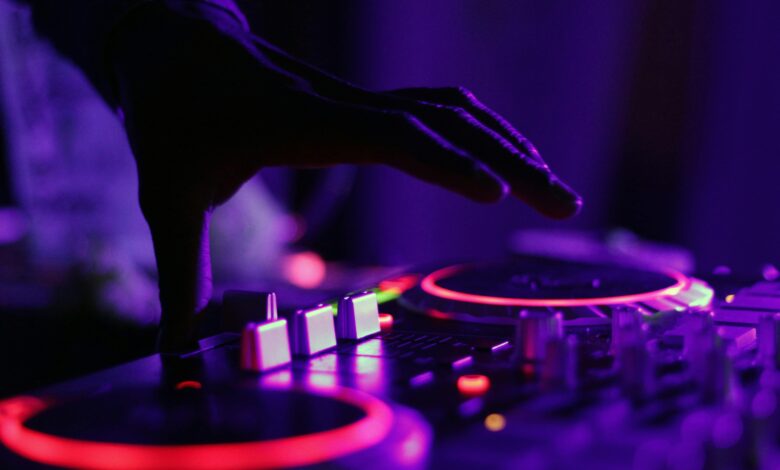
A balanced, equitable approach to AI adoption in music could save time and generate new revenue streams for artists, writes Shai Caleb Hirschson, Co-Founder and Chief Creative Officer at IMAGINE, a creative studio powered by music
At its core, the creative industry is generally AI averse. A host of high-profile names, including Elton John and Paul McCartney, have spoken out against this technology, calling for greater transparency in the training of AI to protect the rights of artists.
This scepticism is reflected in wider public perception, with research from the British Phonographic Industry revealing that fewer than 50% of people believe AI tools should be used in music production, even if there is a human driving the activity.
Similarly, research published by Italian alternative metal band Violet Blend outlined that 85% of people think AI is a risk to the music scene, reinforcing the notion that sentiment towards this technology is overwhelmingly negative.
However, if implemented correctly AI can be a force for good throughout the arts. The key consideration is ensuring this technology exists to complement creators, not replace them altogether.
Understanding industry-wide reluctance
Attitudes towards AI across the creative industry are typically pessimistic, and for valid reasons. In a sector where monetising offerings and making a living from your work is an innate challenge, AI threatens to take the power out of the hands of artists using their own work as the vessel for this transition.
However, focusing solely on this narrative and refusing to recognise the potential benefits of this technology will harm creative spaces in the long run. While it’s vital that protecting artists is the top priority for governments, corporations and creatives themselves, the path to prosperity will be paved by AI exploration.
Relieving time-constraints
In an industry where time is at a premium for so many, AI can be extremely useful in driving improvements in efficiency and easing the burden of strained resources. Applications such as transcribing audio recordings, editing and mastering songs, and generating backing tracks can all reduce administrative work and increase how much time artists are able to spend doing what they do best: being creative.
In many cases, and particularly when being utilised by smaller artists, AI won’t even be taking up a space that could have otherwise been occupied by a human being. For example, unsigned musicians often don’t have the budget to commission designers to produce album artwork and can lean on AI to produce this on their behalf instead. This is one of many ways these innovations present opportunities for creatives working on projects of all sizes.
Generating additional revenue streams
Another key use case of this technology is offering new opportunities for artists to earn from the work they channel so much time, energy and effort into producing. When AI tools are fair, they can be mutually beneficial, with the original creator paid a fee every time their work is used to make something new with AI. This concept is the foundation of a harmonious AI future within music and beyond, where the rights of artists are protected without blacklisting emerging technologies entirely.
It’s also important to recognise the strengths and weaknesses of AI innovations. For example, AI is very effective when it comes to adapting melodies but often struggles when reinventing simple rhythms. Understanding these nuances is the only way creators can maximise the potential of AI offerings.
Enhancing sonic ecosystems through technology
In a hyper-personalised media landscape, a one-size-fits-all jingle is woefully insufficient. A modern company needs a comprehensive approach to sound, not just three-second logos that ‘encapsulate’ the entire brand’s identity. Instead, brands should be aiming to create a sonic experience for their audience.
Where sonic logos are a static, unevolving tune shoehorned into every advert and social post, a sonic experience is a fluid auditory expression that reaches all corners of a brand. It’s not a sound effect or a musical stamp, it’s an evolving design principle, an auditory expression that flows through every brand interaction.
Organisations need to understand how they can create multi-sensory touchpoints with their audience, underpinned by a unique sonic experience that accurately reflects their story and core values. AI can assist with this journey, helping creative teams settle on a narrative direction, create the content and identify the channels where their message will resonate most strongly.
If businesses aren’t considering how the widespread rollout of AI can help them operate more efficiently and effectively, they’re likely to fall behind rivals who are actively exploring the applications of these innovations.
Embracing an AI-assisted future
Evolution sits at the heart of creativity, and ensuring the growth of the industry means appreciating that AI can be more than just a threat – it also presents opportunities. The responsible integration of AI will see this technology assume the position of co-creator, driving efficient ways of working and allowing artists to monetise their creations.





